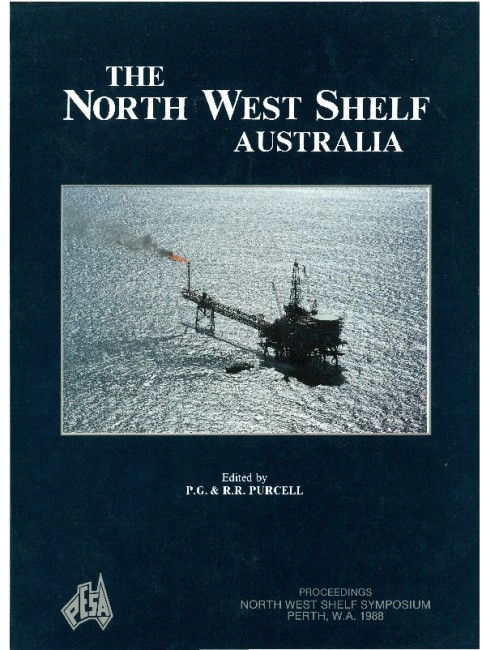Publication Name: The North West Shelf Australia
Authors: A.J. Williams
Date Published: July 1988
Number of Pages: 20
Reference Type: Book Section
Abstract:
The Rosette oil and gas accumulation was discovered in September 1987 in WA-192-P in the Barrow Subbasin of the Carnarvon Basin. The discovery well was deviated from Varanus Island at an angle of approximately 45? to intersect a target located 1.3 km offshore. A 32.5 m (true vertical depth) hydrocarbon column at the top of the Flag Sandstone Member of the Lower Cretaceous Barrow Group had a 4 m oil leg which tested 24.2 kl per day (152 BOPD) of 39? API oil and a 28.5 m (gross) gas leg which flowed condensate (59.7? API) at 51.7 kl per day (325 BCPD) together with 518,000 cu.m gas per day (18.3 MMCFGD).The discovery followed Australia's first Telseis survey in the shallow waters around the Monte Bello and Lowendal islands, inaccessible to conventional marine seismic techniques. The Telseis data revealed a turbidite mound within the Barrow Group and an amplitude anomaly analogous to that observed over the gas cap at the nearby Harriet Field. Attribute processing of key seismic lines, and more recent data suggests that there may be a significant stratigraphic component to the trap.
Drilling the discovery well from V aranus Island (which houses the Harriet Field storage tanks and facilities) has virtually assured rapid, low-cost development of an otherwise sub-economic discovery.


